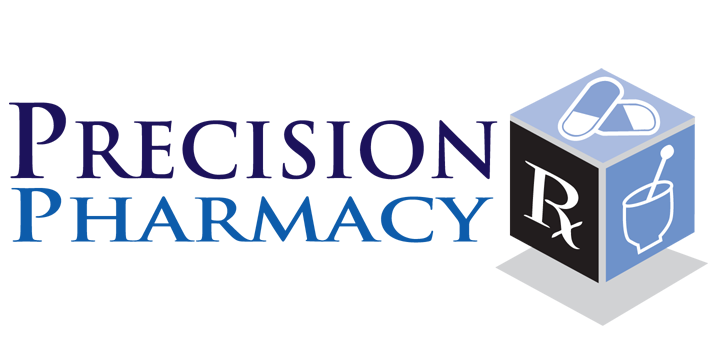Pseudoephedrine, also known under the brand name Sudafed, is a common agent found in many OTC products used to relieve nasal congestion caused by colds and allergies.
This drug is a sympathomimetic or stimulant, and is part of the amphetamine drug class. It works by narrowing blood vessels in the nasal and sinus passageway, which causes a reduction in the feeling of congestion and the production of mucus. The chemical structure of Sudafed is closely related to that of Methamphetamine, commonly known as Crystal Meth, which is a Class II controlled substance and generally illegal unless prescribed for medicinal purposes such as ADHD. For this reason, the sale of any product containing Sudafed became highly regulated, requiring a valid ID indicating the person buying it is 18 or older, and a max sale of 3.5g per day or 7.5g per month.
In Sports, Sudafed is currently on the International Olympic Committee’s banned substances list, which has led to many athletes to be reprimanded for its use.
Sudafed is found in many common OTC products as well such as Aleve, Allegra, Claritin, Mucinex, and Zyrtec, etc. which are all combination medications used for specific indications based on their active ingredients. All the combination products contain a “D” at the end of its name indicating that it contains pseudoephedrine. It is available as a regular tablet, 12 hour extended release (ER) tablet, or 24 hour ER tablet, and a solution in various dosages based on the product.
Due to Sudafed’s stimulant effects it may cause side effects such as insomnia, excitability, and dizziness. At overdose, however rare, the drug may cause tachycardia or palpitations. Before dispensing any product containing pseudoephedrine, it is important to ask the patient about their medical history. This medication should be avoided in any patient that has high blood pressure, glaucoma, diabetes, enlarged prostate, or any thyroid or heart disease.
This content was orginally provided by Yash Talati Pharm D Canidate 2020





